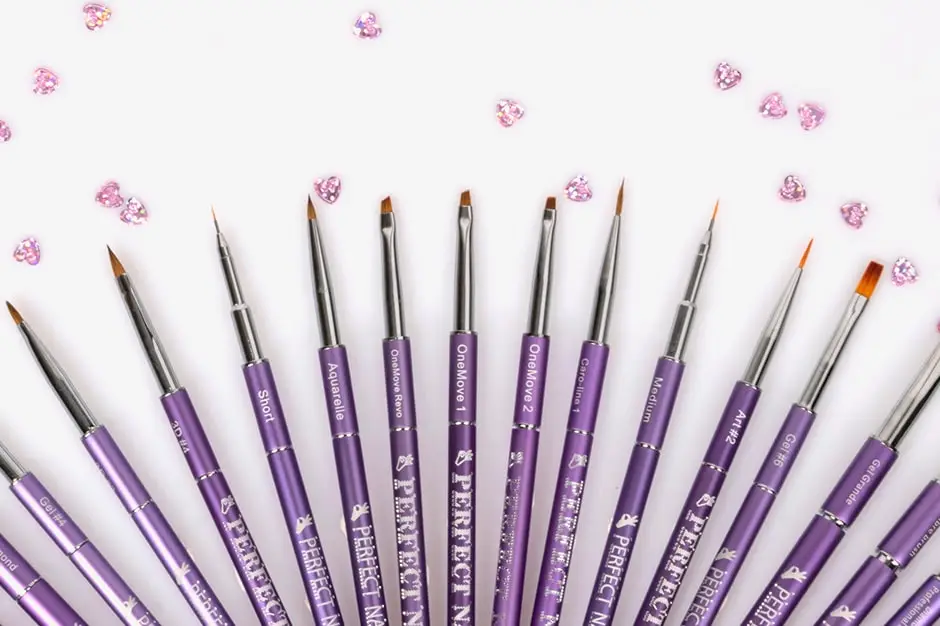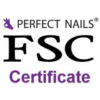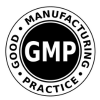
How to keep your brushes clean?
Our brushes play a particularly important role in our work, because a good brush makes our work easier, while a bad or poor brush makes it very difficult. To keep our brushes in good condition for a long time, we can do a lot ourselves by the way we use them when we work and by how and what we clean them. During cleaning, the main principle is what material to apply and what exactly we use our brush for.
CLEANING GEL BRUSHES
The gel inside the brushes is not usually removed for building brushes, as it is the gel inside that holds the hair together and prevents the gel paste on the brush from becoming full of tiny bubbles. Therefore, it is best to wipe the outside of our building brushes only with a clean or lint-free cloth soaked in a gel fixative (such as Aroma Cleaner), then be sure to cap the brush to protect the hairs and store it away from light. For this reason, it is advisable to use separate brushes for white, clear and cover, and if you are applying color with a building brush, you should use a separate brush for each color: black, blues-greens, reds-pinks, oranges-yellows, light colors.
When using decorating brushes, it is important to remove any color left in the fur, otherwise the next time you decorate it, the previous color will be mixed in. This can be done carefully with gel fixative, but only by gently wiping over the brush, as it can damage the brush hairs, especially drying out natural hairs. It is better to use a liquid developed for acrylic gel (AcrylGel Solution) for cleaning, because it is often gentler on the brush hairs, and you can rinse the brush gently or wipe it gently with a brush cleaning liquid. These substances will completely remove the gel from the brush and then the hairs will stand out a little, so be careful to restore the hairs to their original shape and carefully place the cap on to prevent the hairs from bending back.
Another solution is to use a diluted gloss gel (e.g. Cool Shine Ever Top Gel) to remove the color that has settled in the brush tip. This is also good because it does not damage the synthetic hair or the natural hair at all, it basically just "replaces" the coloring material with the colorless gloss, holding the brush hairs together nicely. When the brush is completely clean, just wipe the outside with a clean lint-free cloth and store it with the cap in a light-proof place.
CLEANING WITH ACRYLIC
When using Acrylic Gel, the brush is constantly moistened with a special liquid (AcrylGel Solution), and any residue on the brush hairs can be completely removed with this liquid. The brush is then wiped and shaped on paper towels and stored with the cap in a place protected from light. After a few uses, rinse in porcelain liquid and put away after shaping.
REMOVAL OF PORCELAIN
As with Acrylic Gel, we clean our brushes continuously while working on porcelain, using Liquid. This means that, if you are working well, your brush is clean at the end of your work, so you only need to rinse it a few times in the Liquid, then wipe it into shape on paper towels and put it in a protected place with the cap.
REMOVAL OF BONDED MATERIAL
No matter how careful you are with your brushes, it is possible that UV light from somewhere will reach the brush and become embedded in the gel or acrylic, or even porcelain inside the brush over time. In this case, if it is a UV light-binding material (gel, Acrylic Gel), unfortunately it cannot be removed from the brush because these materials will not dissolve in anything - neither acetone nor brush cleaner. However, there is still hope for porcelain: soak it thoroughly in liquid and wrap it in aluminium foil. After about 24 hours, the set porcelain will soften slightly and you can gently wipe it out of the hairs. If this still doesn't work because there is a large amount of material in the brush or it is a previously cured material, soak it in acetone for a few minutes. The acetone will dissolve the porcelain and can be gently wiped out of the hairs, but it's important to know that it is extremely drying to the natural hairs, which will then make the material stick to them much more easily.
Important! Never try to scrape the bonded material out of the brush with a fingernail, an orangewood stick or a leather pick, because this will damage the fibres and make the brush unusable.
Good brushes make our work extremely easy, but they are not cheap. Take good care of them while you work, keep them clean and shape the hairs so that they will be a good companion for a long time.






